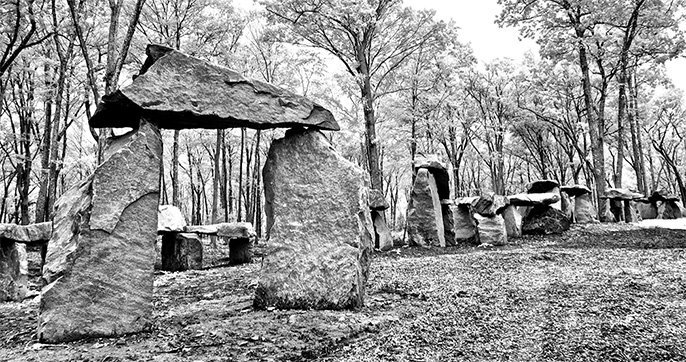T. S. Eliot connection
In your course given in New York July 30 I was struck by your quoting T.S.Eliot at the outset, not only because he is a guru of mine
but also because much of your material resonates in passages from Four Quartets. The passage that leapt out at me is from Little
Gidding:
“… And every phrase
And sentence that is right (where every word is at home,
Taking its place to support the others,
The word neither diffident nor ostentatious,
An easy commerce of the old and the new,
The common word exact without vulgarity,
The formal word precise but not pedantic,
The complete consort dancing together) …”
A linguistic analog of the perfect presentation, but without the graphics. And yet the graphical element is almost always implicit, as
in this passage from Burnt Norton:
“… daylight,
Investing form with lucid stillness
Turning shadow into transient beauty
With slow rotation suggesting permanence …”
Eliot seems to have an intuitive grasp of how to pack information into an observation (“The detail of the pattern is movement …”)
while spreading out the observation as if unrolling a scroll (11 x 17 if you please) for our perusal. One can find examples of each of
your principles in practically every phrase and sentence:
Comparison: ” … neither movement from nor towards, Neither ascent nor decline …”
Causality: ” … a partial fallacy Encouraged by superficial notions of evolution, Which becomes, in the popular mind, a means of
disowning the past.”
Multivariate: metaphor, meter, hyperlink, history, location
Integration: ” … the complete consort dancing together … ”
Content: ” … history is now and England … ”
Observations arrayed, not stacked: “The captains, merchant bankers, eminent men of letters, The generous patrons of art, the
statesmen and the rulers, Distinguished civil servants, chairmen of many committees, Industrial lords and petty contractors …”
And above all, the music, which carries us along the journey of discovery (” … while the narrowing rails slide together behind you,
and on the deck of the drumming liner, watching the furrow that widens behind you …”).
So I do not think the reference to Eliot (“Time present and time past …”) was purely accidental. And regarding his apparent
preoccupation with religion, I don’t see it as any different from, say, a belief in the theories of relativity or the big bang. It’s a matter
of faith in some unifying principle.
Dennis




During my course, I mention the opening lines of Burnt Norton, No. 1 of Four Quartets by T. S. Eliot in
discussing the video from Stephen Malinowski’s Music Animation Machine:
I often read Eliot aloud for 10 minutes while warming up for the day’s course. My favorites are Prufrock and
Four
Quartets. Have never read completely through Wasteland, although I’ve listened to all the poem in a
recorded reading by Eliot.
There are many wonderful lines in Four Quartets and I simply glide over the heavy-handed religious material.
In 1996 I was fortunate to see Fiona Shaw’s interpretation of “The Waste Land” at the old Liberty Theater on 42nd St. The theater was about to be demolished for redevelopment and was in a decrepit state — paint peeling, many of the seats broken, very limited lighting. It was a remarkable place to stage anything at all and yet peculiarly suited to the material at hand.
I remember vividly that it was the second performance of the evening and that Shaw entered from the rear of the theater, her face wet, apparently with tears, voice quivering. The experience, about 35 minutes long, was intensely moving, one of the most austerely perfect presentations I’ve seen. I think of it almost any time someone mentions Eliot or poetry.
I want gently to remind that Ezra Pound was largely responsible Eliot’s concise style. He was Eliot’s collaborator and editor, sometimes crossing out hunred lines of poem and thus distilling the spirit of matter. I do not mean to diminish Eliot; an editor is a mirror a writer or poet needs to see himself more clearly.
And I also am a reader of Eliot. His lines haunt me.
In graphic representations same editing of unnecessary matter is important. Too often designer himself is a final judge of result.